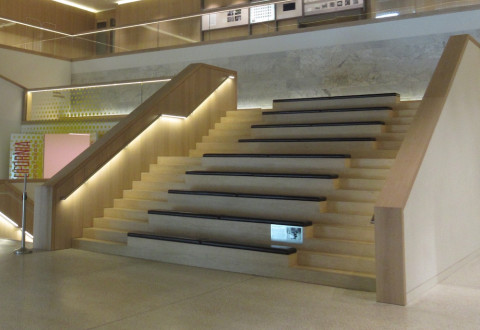Walking Trip Purposes: Implications (08-13-20)
Pae and Akar determined that the purpose of a walk influences how we walk and our perceptions of that walk’s implications.
Pae and Akar determined that the purpose of a walk influences how we walk and our perceptions of that walk’s implications.
Andersen and colleagues studied how playground design influences how children (grades 4 to 9) play.

Walking is as good for our minds as our waistlines. Neuroscience research makes it clear that, whether we’re inside or outdoors, walking can help us think more clearly, creatively, and productively, for example, all while we burn calories. Studies have also determined how design can encourage people to walk through their worlds.
Gotz and colleagues link area walkability and human personality.
Besser and team studied the responses of several older user groups to neighborhood design.
Stappers and colleagues investigated how user perceptions of neighborhood walkability influence movement by different groups.
Recently completed research indicates that potential users of bike sharing services are not willing to walk much to pick up that shared bike.

Cognitive scientists have extensively investigated how the physical design of indoor environments can increase our levels of physical activity—which is as good for our brains and how they work as it is for our waistlines. Rigorously conducted studies indicate that increasing activity is not as straightforward as simply adding a sit-stand desk to an office.
Improving the lives of canines' best friends
Patania and colleagues the experiences of people exercising while listening to music with different tempos.